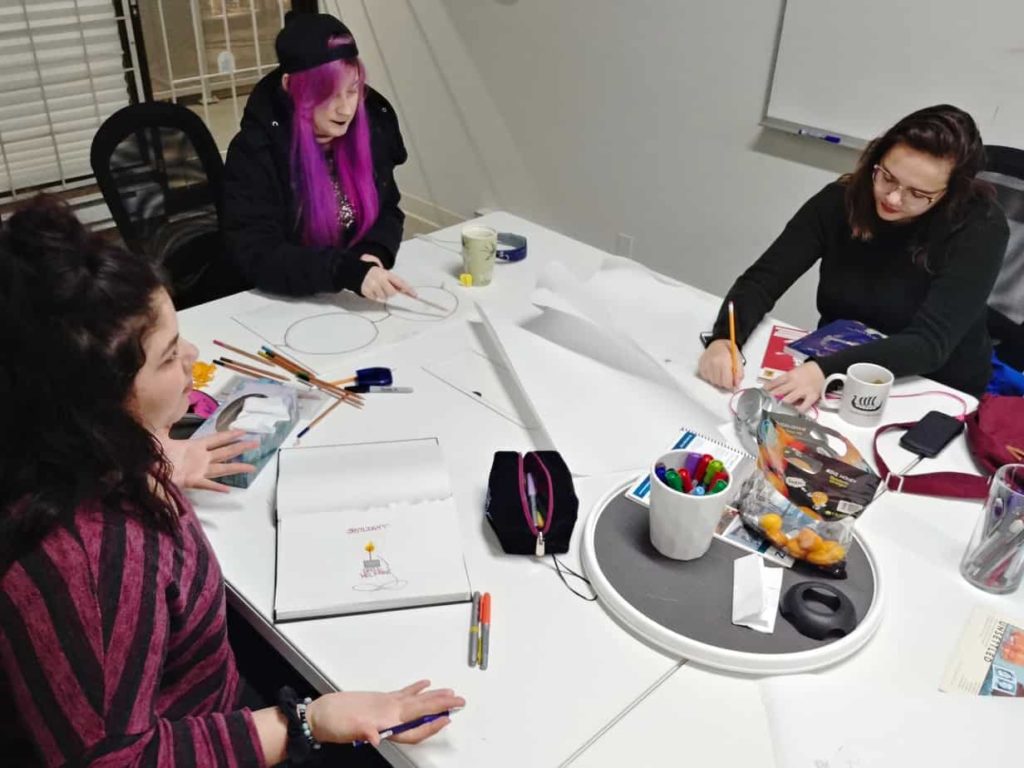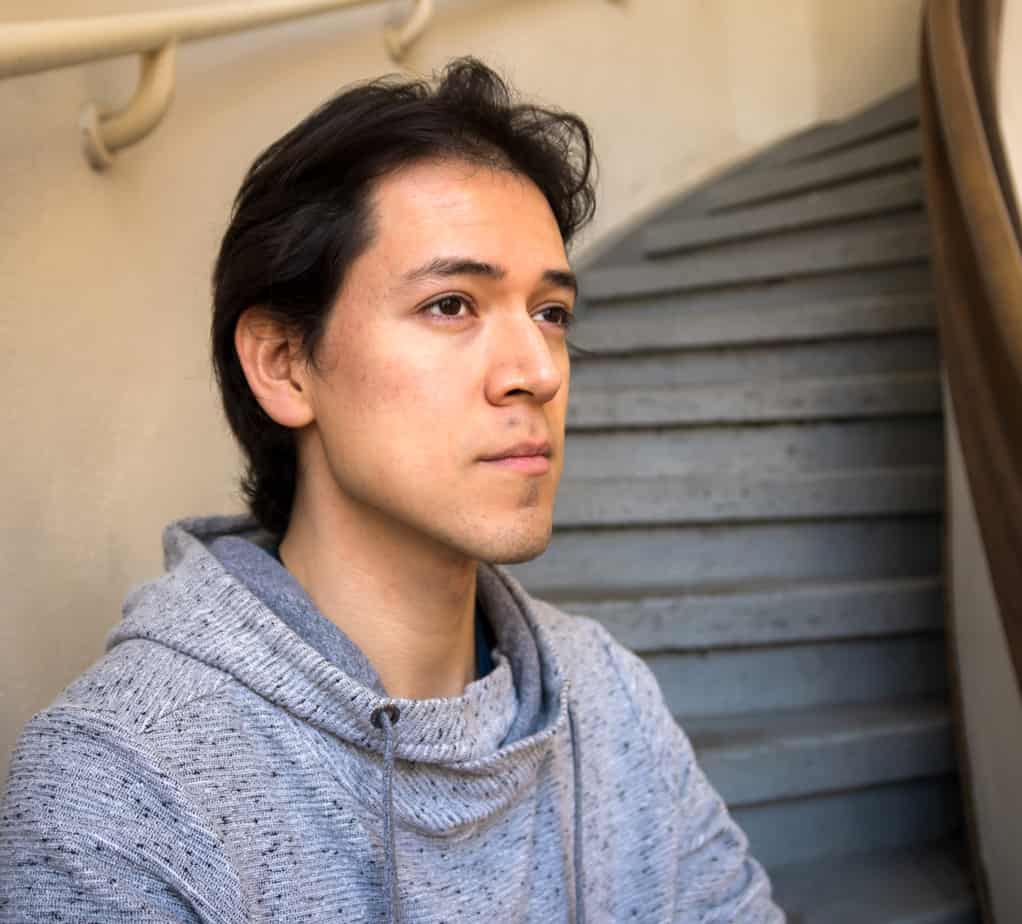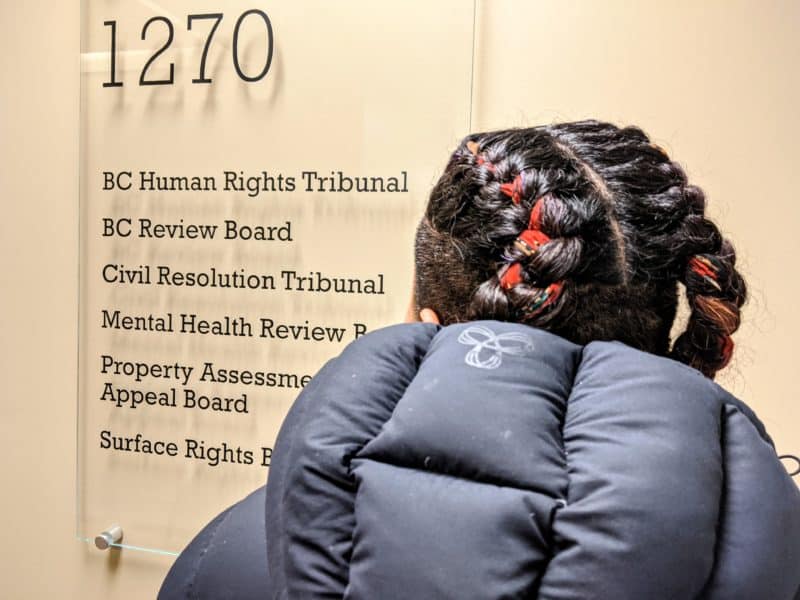
This is from our Urban Nation newsletter. You can subscribe here.
For the past six months, I’ve been working with a team of women journalists on Spotlight: Child Welfare — a collaborative project that aims to deepen reporting on the child-welfare system.
Together, we’re working to change dominant narratives about the child-welfare system, which too often exclude important context about the history of Canada’s colonial policies and practices, ignore systemic racism, reinforce stereotypes about Indigenous people and focus disproportionately on tragedies. In the process, we’re also trying to change the way journalists practice — the way we exercise our power and make use of our platforms.
For far too long journalists have excluded Indigenous perspectives and misrepresented Indigenous communities. I’ve learned that many youth and families impacted by the child-welfare system see media as a barrier, instead of a potential catalyst for positive change. It’s our responsibility as journalists, as per the Truth and Reconciliation Commission’s Calls to Action, to acknowledge this distrust in our industry, interrogate our own assumptions and practices, and reimagine how we might work with Indigenous communities to better cover this complex system.
Since launching Spotlight: Child Welfare in September 2018, we’ve been working closely with people connected to and impacted by the system. At every step, we’ve invited community members — particularly Indigenous youth and parents — to join us in this work: from designing and naming the project, to brainstorming our logo, to unpacking the data we’ve obtained from the Ministry of Children and Family Development, to developing story ideas for us to investigate.
We’re now in the reporting phase, and we’re digging into three themes: how much support is allocated to vulnerable families; auditing the government’s audits; and education outcomes for youth who have lived in foster homes or group homes. Our goal is to produce in-depth, nuanced, data-driven and solutions-focused stories. And to build a model for collaborative journalism that can be used in other issue areas or regions.

The Spotlight: Child Welfare team, which includes award-winning journalists who write for The Discourse, The Tyee, Star Metro, Black Press, National Observer, Vancouver Courier and The Runner, will be publishing dozens of stories, across different media platforms, over the spring and summer, starting at the end of April.
If you want to get involved, there are many ways to support the project. For example, we created surveys for biological parents, extended family caregivers, foster parents and support workers because we want to learn more about the level of support each receives from the government. If you know anyone who might like to share their experience, please share our call-out with them.
You can follow Spotlight: Child Welfare on Facebook and Twitter to stay in the loop. And please email me if you have questions, ideas or concerns.
People are talking about
-
In this Vancouver Sun opinion piece, housing advocate Sylvia Olsen says you can’t solve urban Indigenous homelessness without first solving on-reserve homelessness.
-
This CBC story remembers Micah Messent, who was Métis and grew up in the Comox Valley, for his dedication to Indigenous teachings and the environment. Messent was one of 18 Canadians killed in a plane crash in Ethiopia on March 10.
-
The Abbotsford News reports that Métis filmmaker Kaayla Whachell has won a $20,000 grant from Telus’ Storyhive program to make Laura’s Report, a fictional film that uses a Gladue report to look at the Indigenous experience in Canada’s criminal justice system.
-
The Surrey Now-Leader writes that Surrey resident Joy Haskell has also won a $20,000 Telus Storyhive grant to produce Hey Cuzzin, a 10-minute pilot episode that looks at the lives of Indigenous cousins on and off reserve, as part of the program’s inaugural Indigenous Storyteller Edition.
-
This Peace Arch News story reports that groundbreaking work is set to begin in the City of Surrey for the new water/sewer infrastructure that will finally bring the Semiahmoo First Nation safe drinking water. CBC reported in July 2018 that the Semiahmoo haven’t had clean drinking water in 15 years.
What makes life harder

Connecting to land and culture while far from home is a challenge for Indigenous people living in the city, Ricky-Lee Watts says.
Indigenous people from many First Nations live in the Lower Mainland. But they are a minority in a large, fast-moving, urban population, he says, and lack the opportunities to connect with the land and be immersed in nature that someone on reserve might have.
“Connection to land, to culture, to language as an Indigenous person knowing who they are and where they come from might be a bit more challenging in an urban community,” he says.
Ricky-Lee is a member of the Hupacasath First Nation (full disclosure: I’m from the Hupacasath First Nation as well) on Vancouver Island. But the 26-year-old now lives in Vancouver, where he works for the Provincial Health Services Authority’s Indigenous wellness team.
When an urban Indigenous person isn’t grounded some way in home, family, community and culture, it can leave someone feeling estranged, alone and isolated, he says.
“With this crippling space of being, it can go down into a dark path. It’s really important for folks to have meaningful relationships and connection, a sense of confidence in their identity in being a minority in such a large urban area,” he continues.
Without that sense of connection they might feel like they’re alone — like there “may not be many people who can relate and connect,” he says, and it can be “quite challenging for someone in that environment.”
Let’s gather
- Now to March 20: The City of Vancouver is inviting Indigenous artists to apply for its mural program. Painted murals and digitally printed artwork will both be considered by an external panel of judges, with budgets of up to $15,000. “This call seeks to celebrate the creativity of Indigenous artists with a connection to Vancouver, which is located on the unceded ancestral homelands of the Musqueam, Squamish, and Tsleil-Waututh peoples,” the city’s invitation says. To see examples of past work and for more information, check out the artist call guidelines.
-
March 14 to 15: Hokkaidō 150: Settler Colonialism and Indigeneity in Modern Japan and Beyond is an event acknowledging and reflecting on the 150 years since settler colonialism in Ainu Moshir –– modern-day Hokkaidō, Japan. The two-day event will feature a Haida singer from B.C. and Ainu singers from Hokkaidō on Thursday evening at the Museum of Anthropology, and a workshop from 10 a.m. to 3 p.m. on Friday at UBC’s Irving K. Barber Learning Centre, followed by a keynote lecture at 4 p.m at the Peter A. Allard School of Law. More information can be found here.
-
March 16: Screening-Tunniit: Retracing the Lines of Inuit Tattoos, a documentary digging into the history of Inuit face tattoos, will be shown at the Bill Reid Gallery of Northwest Coast Art from 11 a.m. to 1 p.m. The film will be accompanied by a talk from Inuvialuit artist Stephanie Papik, who will talk about what the revival of Inuit tattooing means to her. You can sign up here –– the event is free if you’re Indigenous or a gallery member.
If you know about an event that you think should be included in this newsletter next week, send me an email.
And if you like this newsletter, help us build this community by inviting your friends to subscribe. We value your feedback.[end]
Editor’s Note, March 14, 2019: This article was updated to clarify that the Spotlight: Child Welfare collaborative includes reporter Tracy Sherlock who will be writing stories for the National Observer (not the Vancouver Observer, as previously written).



